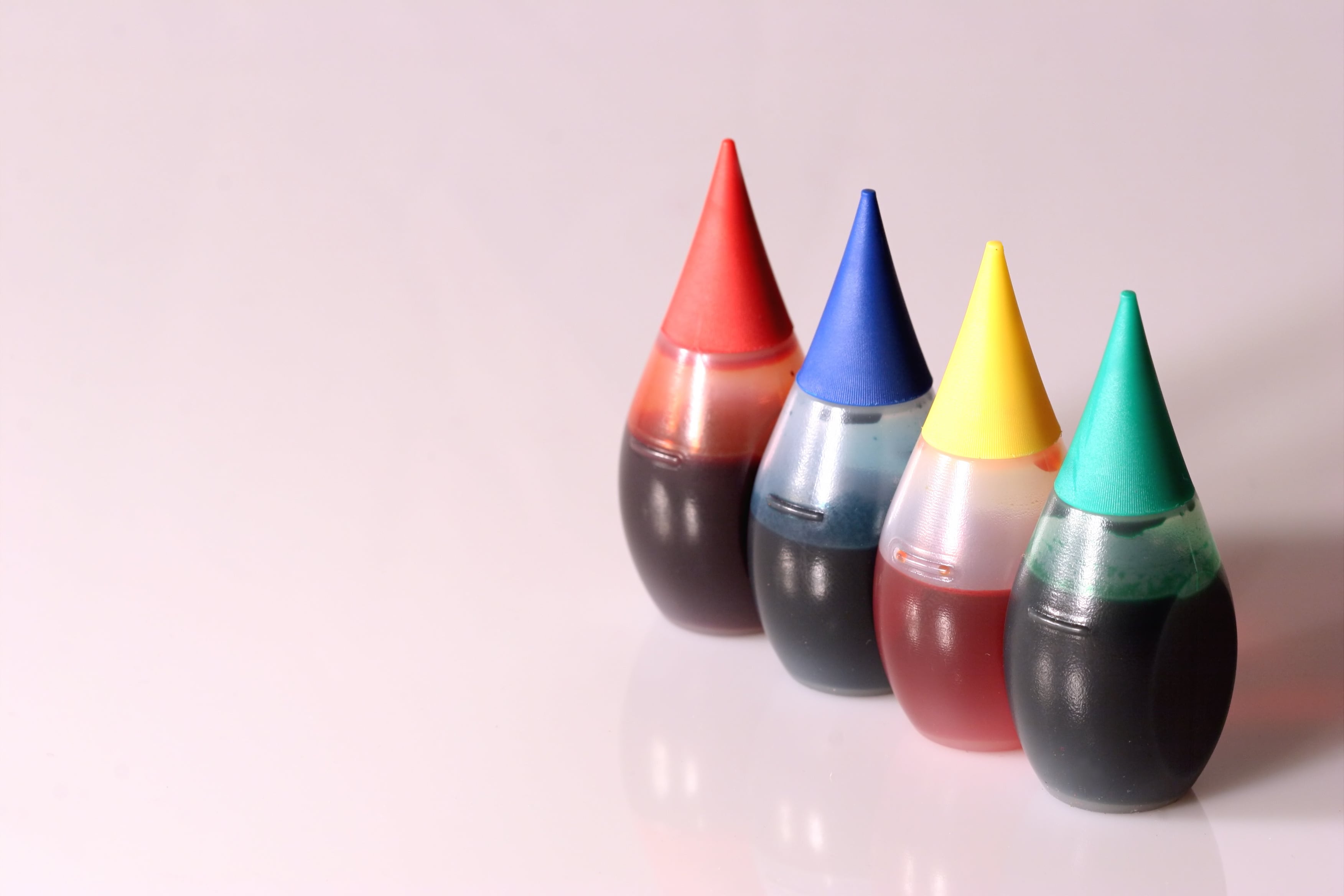The FDA approved three natural food dyes, following petitions from Sensient, Innophos and Fermentalg, as the agency works to remove all petroleum-based food dyes from the food system by the end of 2026 in collaboration with food and beverage companies.
The FDA revealed on April 22 that the agency was “authorizing four new natural color additives in the coming weeks, while also accelerating the review and approval of others,’ the agencies shared in a joint statement. On May 9, the FDA revealed three food dyes, including:
- Butterfly pea flower extract creates bright blues, purples and natural greens in crackers, hard pretzels, plain potato and corn chips, and tortilla and multigrain chips and snack mixes, following a petition from Sensient. Previously, butterfly pea flower extract was approved for alcoholic beverages; candy; coated nuts; dairy, fruit, and sports drinks; fruit and vegetable juices; gums; ice creams; ready-to-drink teas; nutritional beverages; and yogurt.
- Calcium phosphate is approved as a white color for candy melts, doughnut sugar, ready-to-eat chicken products and sugar, following a petition from New Jersey-based Innophos.
- Galdieria extract blue by Fermentalg is a unicellular red algae that can now be used in a range of products, including breakfast cereal coatings; chewing gums; flavored frostings; frozen fruits; fruit drinks, smoothies, and juices; soft candy; water ices and popsicles and various dairy products.
Additionally, Gardenia Blue Interest Group, Phytolon and GNT USA have petitions under review for various natural color additives, per FDA’s public inventory as of May 12.
FDA reviews and approves whether color additives are safe for human consumption, per the Federal Food, Drug, and Cosmetic Act (Chapter VII, section 721), the agency shared. FDA uses the human dietary exposure to the color additive, toxicology data, published literature and other relevant information to determine if a color additive is safe for human consumption.
The approval of these three food dyes is “a major step to make America healthy again,” HHS Secretary Robert F. Kennedy stated in a release, echoing the slogan of his wellness and health platform.
“For too long, our food system has relied on synthetic, petroleum-based dyes that offer no nutritional value and pose unnecessary health risks. We are removing these dyes and approving safe, natural alternatives — to protect families and support healthier choices,” he elaborated.
The push to remove synthetic food dyes
FDA’s push to remove petroleum-based food dyes from the food system follows state regulations that targeted various food additives, most notably the California Food Safety Act, which banned brominated vegetable oil, potassium bromate, propylparaben and Red Dye No. 3 from products made in the state.
Nearly, 30 states, including Illinois and Pennsylvania, have proposed similar legislation.
Under the Biden administration, the FDA also rescinded its authorization of Red No. 3, following a legal technicality requiring the agency to ban ingredients that are shown to be harmful to animals. The ingredient was never deemed detrimental to human health under the Biden administration.
Additionally, the FDA is expected to release guidance on its post-market chemical review process in the coming weeks, Mark Hartman, director of the Office of Food Chemical Safety, Dietary Supplements, and Innovation at FDA, explained last week at the DC chapter of IFT’s Food Policy Impact summit.
The FDA is likely to take the lead from state legislators on the ingredients for safety reviews, amid constrained agency resources, Hartman alluded to at IFT. Former FDA Deputy Commissioner for Human Foods Jim Jones made the assessment, as previously reported.
“The signal that they sent is, ‘States, do whatever you would like, and we will just embrace it. We are not resourced to actually follow up in any meaningful way. But, since the states are going to create an environment where manufacturers cannot operate without getting rid of these chemicals, then the federal government will just basically follow instead of lead,” Jones elaborated.



